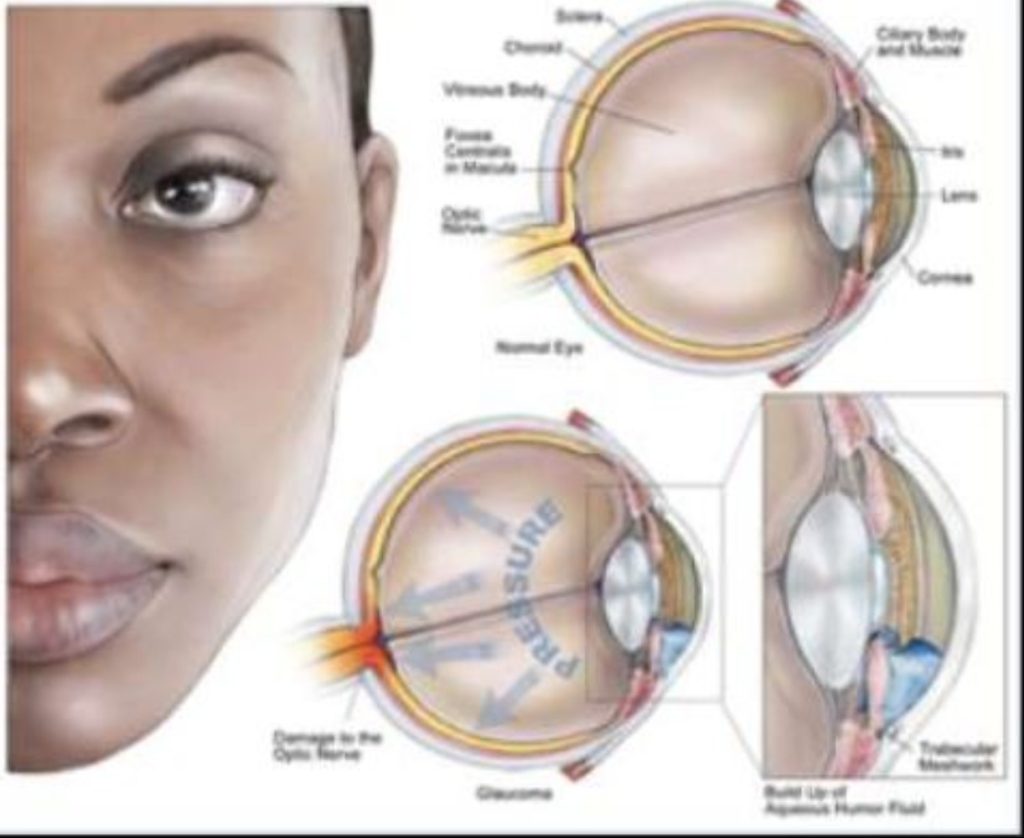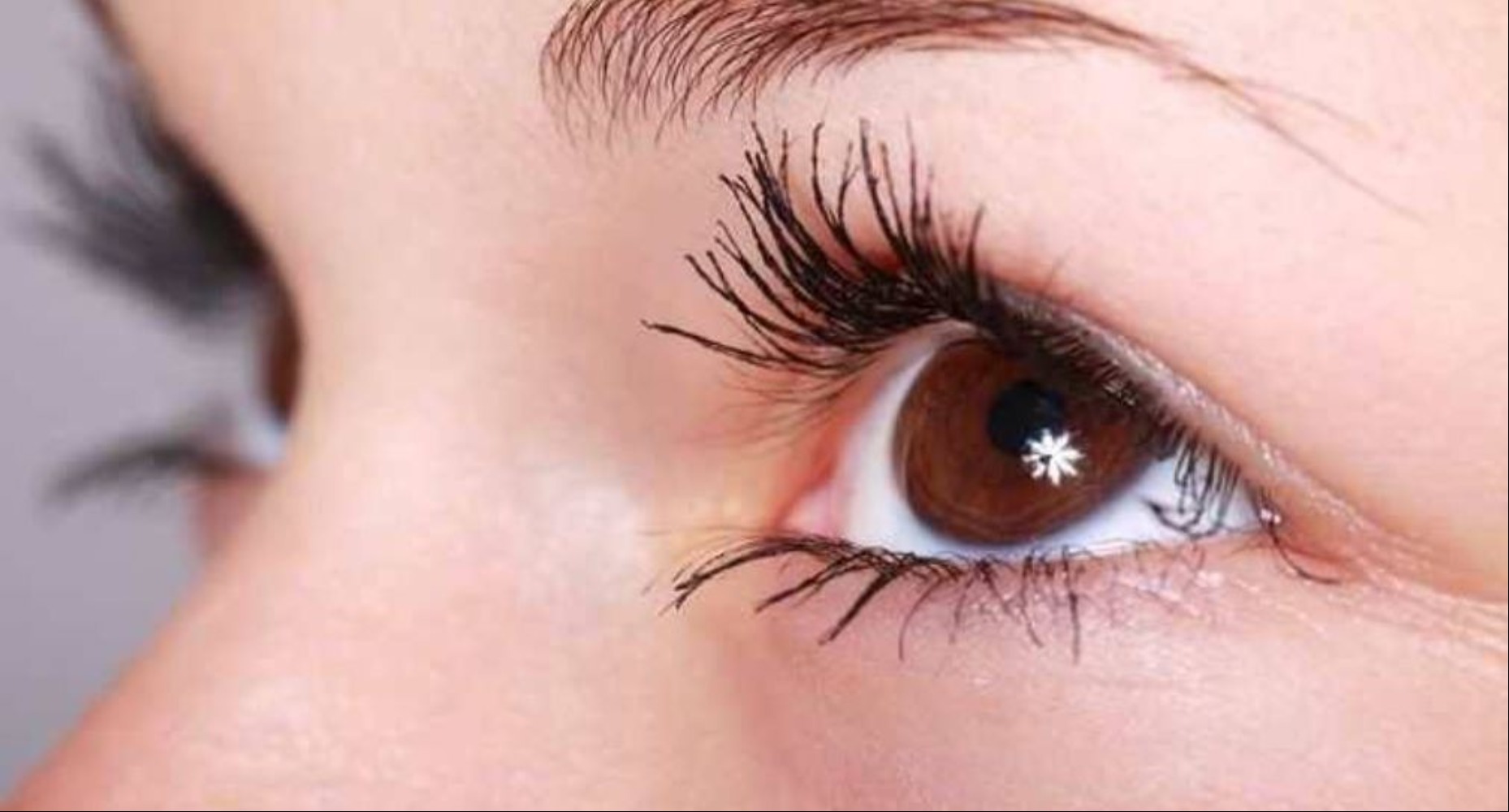While the internet provides unlimited access to a staggering amount of information, not all information found online is trustworthy or helpful.

Glaucoma is a highly misunderstood disease, and unfortunately, many people remain unaware of their condition until it has progressed to a severe stage. While many people go for regular body check-ups, they often miss out on a routine eye check-up. To subscribe please click tau.id/2iy6f and access our live channel.
Without a timely diagnosis, glaucoma can accelerate permanent vision loss or even lead to blindness. Although treatments can slow down further vision loss, they cannot restore vision. However, with proper medication and treatment from ophthalmologists, it is possible to protect the eyes from permanent blindness.
DON’T MISS: Japan’s migrants at Higher End
Conversely, if a patient misunderstands their condition, it can result in non-compliance with medical recommendations, significantly and adversely affecting outcomes. Therefore, having access to reliable, evidence-based information is crucial.
The Myths
SURGERY CAN CURE GLAUCOMA
Doctors can effectively use surgical procedures and other treatments to prevent or slow further damage from occurring. In addition, surgery may be recommended when medicines and laser treatments fail. There are a few different types of surgery for glaucoma that can help lower the pressure in your eye such as Glaucoma Implant Surgery, Minimally Invasive Glaucoma Surgery (MIGS), and Trabeculectomy.
PEOPLE WITH GOOD VISION CAN’T HAVE GLAUCOMA
Most types of glaucoma will not have any symptoms, and people with good vision may not notice any symptoms until the late stages, which is why glaucoma is called the “silent thief of sight.” The later the disease is diagnosed and treated, the more likely it is that noticeable vision loss may occur.
GLAUCOMA AFFECTS THE ELDERLY
Irregular ocular development, drainage blockages, and other medical conditions can all lead to the development of glaucoma. Hence, people of all ages need to undergo regular eye exams to catch glaucoma early; other types of glaucoma can affect people as young as infants.
EXCESSIVE SCREEN TIME
While prolonged screen time can cause eye strain and discomfort, there is no scientific evidence to suggest that it increases the risk of developing glaucoma. Some of the common symptoms of glaucoma include severe eye pain, blurred vision and sudden vision disturbances, and nausea.
IT IS HEREDITARIAL
While glaucoma can be hereditary, many glaucoma patients without a family history of the condition are diagnosed with glaucoma. There’s also the possibility that family members did have the disease but were never examined adequately for glaucoma.
IT LEADS TO BLINDNESS
Glaucoma does not lead to vision loss for most people. Frequent eye exams are the key to early diagnosis, increasing a person’s chances of maintaining good eyesight and leading a healthy lifestyle. With modern treatment, glaucoma is controllable.
TESTING IS PAINFUL
There are multiple tests for glaucoma because doctors look at many factors, all of them painless. The two most common tests are Tonometry measures the pressure within a person’s eye, and Ophthalmoscopy is a diagnostic procedure to examine a person’s optic nerve.
Conclusion
The estimated 80 million people living with glaucoma worldwide, including more than three million Americans, are important stakeholders in their treatment. With the correct information, they can significantly impact the success of their medical outcomes.




